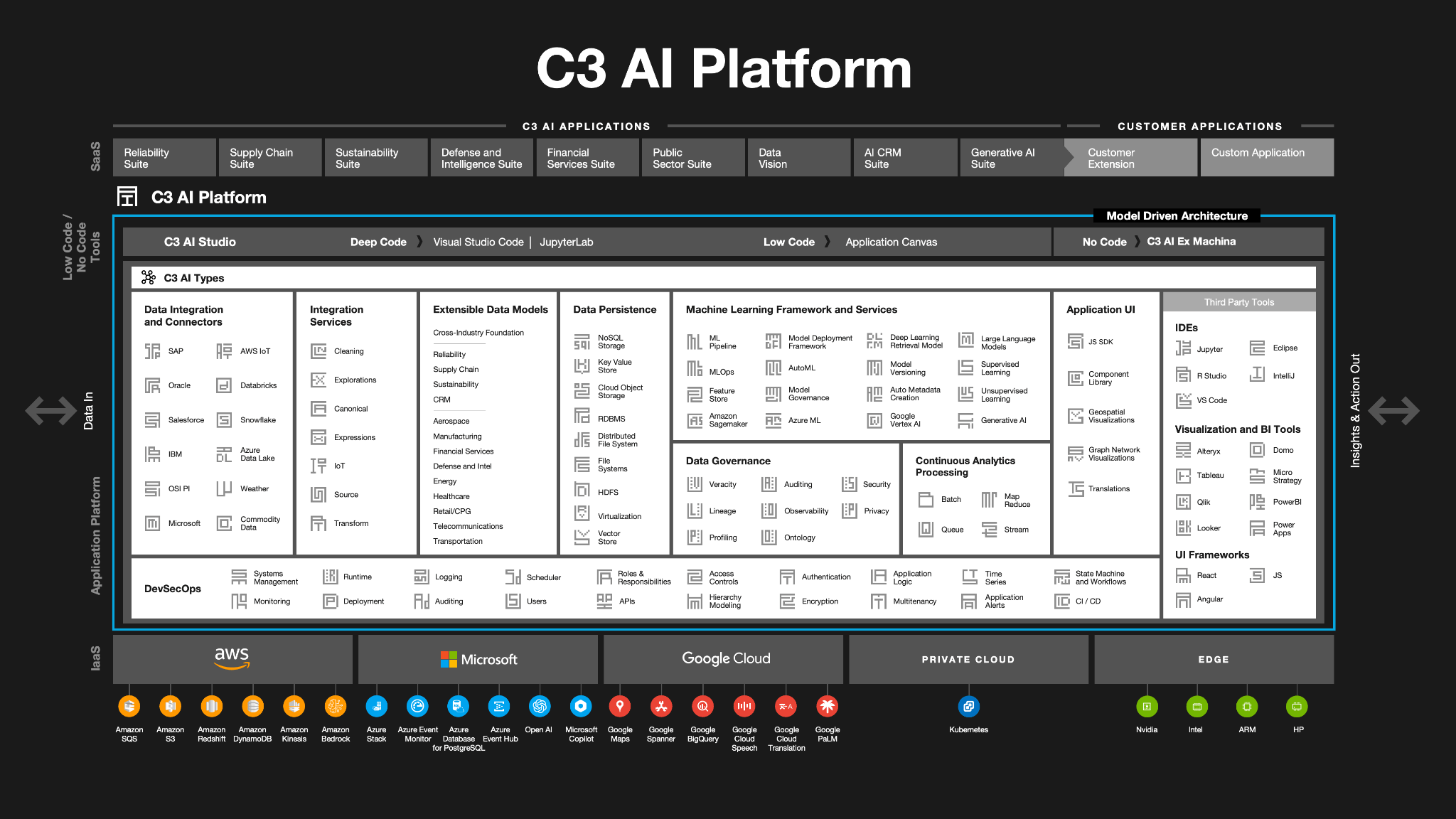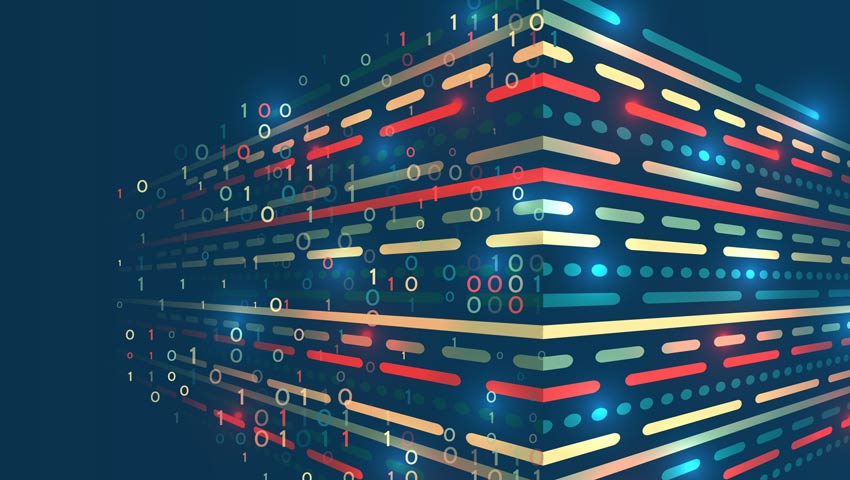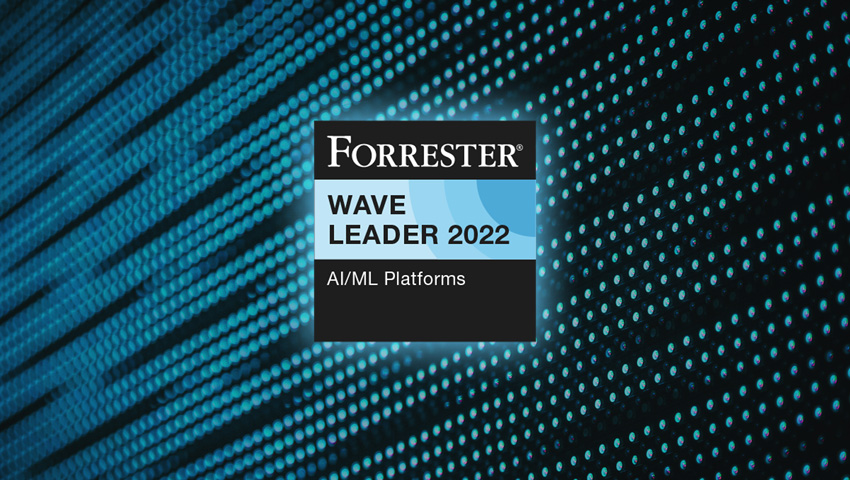- AI Software
- C3 AI Applications
- C3 AI Applications Overview
- C3 AI Anti-Money Laundering
- C3 AI Cash Management
- C3 AI Contested Logistics
- C3 AI CRM
- C3 AI Decision Advantage
- C3 AI Demand Forecasting
- C3 AI Energy Management
- C3 AI ESG
- C3 AI Health
- C3 AI Intelligence Analysis
- C3 AI Inventory Optimization
- C3 AI Process Optimization
- C3 AI Production Schedule Optimization
- C3 AI Property Appraisal
- C3 AI Readiness
- C3 AI Reliability
- C3 AI Smart Lending
- C3 AI Supply Network Risk
- C3 AI Turnaround Optimization
- C3 Generative AI Constituent Services
- C3 Law Enforcement
- C3 Agentic AI Platform
- C3 Generative AI
- Get Started with a C3 AI Pilot
- Industries
- Customers
- Events
- Resources
- Generative AI for Business
- Generative AI for Business
- C3 Generative AI: How Is It Unique?
- Reimagining the Enterprise with AI
- What To Consider When Using Generative AI
- Why Generative AI Is ‘Like the Internet Circa 1996’
- Can the Generative AI Hallucination Problem be Overcome?
- Transforming Healthcare Operations with Generative AI
- Data Avalanche to Strategic Advantage: Generative AI in Supply Chains
- Supply Chains for a Dangerous World: ‘Flexible, Resilient, Powered by AI’
- LLMs Pose Major Security Risks, Serving As ‘Attack Vectors’
- What Is Enterprise AI?
- Machine Learning
- Introduction
- What is Machine Learning?
- Tuning a Machine Learning Model
- Evaluating Model Performance
- Runtimes and Compute Requirements
- Selecting the Right AI/ML Problems
- Best Practices in Prototyping
- Best Practices in Ongoing Operations
- Building a Strong Team
- About the Author
- References
- Download eBook
- All Resources
- Publications
- Customer Viewpoints
- Blog
- Glossary
- Developer Portal
- Generative AI for Business
- News
- Company
- Contact Us
- What is Enterprise AI
- Introduction: A New Technology Stack
- Requirements of the New Enterprise AI Technology Stack
- Reference AI Software Platform
- Awash in “AI Platforms”
- “Do It Yourself” AI?
- The Gordian Knot of Structured Programming
- Cloud Vendor Tools
- C3 AI Platform: What is Model-Driven Architecture
- Platform Independence: Multi-Cloud and Polyglot Cloud Deployment
- Conclusion: A Tested, Proven AI Platform
- Enterprise AI Best Practices
- Enterprise AI Buyer’s Guide
- 10 Core Principles of Enterprise AI
- IT for Enterprise AI
- Develop AI 26X Faster on AWS
- Develop AI 18X Faster on Azure
- Enterprise AI Resources
What Is Enterprise AI?
Enterprise artificial intelligence (AI) refers to the scalable implementation of AI technologies, like machine learning, natural language processing, and computer vision, across large organizations to drive automation, predictive insights, and data-driven decision-making.
Enterprise AI in Practice
C3 AI’s core technology makes Enterprise AI easy. With a cohesive family of integrated software services, we provide all the software and tools needed to rapidly deploy Enterprise AI applications and transform the way you work.
With C3 AI’s AI technology stack, you can get ahead of supply chain delays before they affect your delivery deadlines. Reduce energy costs and track sustainability goals in real time, improving building operations and reducing greenhouse gas emissions. Connect disparate health record systems to optimize patient visits and decrease waitlist time. And do it all more efficiently with generative AI.
Enterprise AI Starts with a New Technology Stack
Developing and deploying Enterprise AI at scale requires a new technology stack. Over the last four decades, the information technology industry has grown from about $120 billion globally in 1980 to almost $8.0 trillion today. During this time, the IT industry has transitioned from mainframe computing to handheld computing. The software industry has transitioned from custom applications based on mainframe standards to applications developed on a relational database foundation, to enterprise application software, to SaaS and mobile apps, and now to the AI-enabled enterprise.
The challenges that must be addressed to enable today’s Enterprise AI applications are nontrivial, as are the array of capabilities and services necessary for building and operating these applications at scale. To develop an effective Enterprise AI application, it is necessary to ingest and aggregate data from a variety of enterprise information systems, sensors, markets, and products to provide a complete view of the enterprise. In addition, the data need to be processed at the rate they arrive, in a highly secure and resilient system that addresses persistence, event processing, ML, and visualization. This requires a massive, horizontally scalable elastic distributed processing capability offered only by modern cloud platforms and supercomputer systems. The resultant data persistence requirements are staggering.
The C3 Agentic AI Platform — built with model-driven architecture — has been refined, tested, and proven in some of the most demanding industries and production environments from electric utilities and manufacturing to oil and gas and defense, comprising petabyte-scale datasets from thousands of vastly disparate source systems, massive volumes of high-frequency time series data from millions of devices, and hundreds of thousands of ML models.
“Do It Yourself” Enterprise AI?
Software innovation cycles follow a typical pattern. Early in the cycle, companies often take a do-it-yourself approach and try building the new technology themselves. Just as happened with the introduction of ERP and CRM software in prior innovation cycles, the initial reaction of many IT organizations is to try to internally develop a general-purpose Enterprise AI and IoT platform, using open-source software with a combination of microservices from cloud providers like AWS and Google Cloud.
The process starts by taking some subset of myriad proprietary and open-source solutions and organizing them into a platform architecture. The next step is to assemble hundreds to thousands of programmers, frequently distributed around the world, using structured programming and application programming interfaces, or APIs, to attempt to stitch these various programs, data sources, sensors, ML models, development tools, and user interface paradigms together into a unified, functional, seamless whole that will enable the organization to excel at designing, developing, provisioning, and deploying numerous enterprise scale AI and IoT applications.
The complexity of such a system is much greater than developing a CRM or ERP system. There are a number of problems with this approach:
Complexity
Using structured programming, the number of software API connections that one needs to establish, harden, test, and verify for a complex system can, in our estimation, approach the order of 1013. The developers of the system need to individually and collectively grasp that level of complexity to get it to work. We believe the number of programmers capable of dealing with that level of complexity is quite small.
Aside from the platform developers, the application developers and data scientists also need to understand the complexity of the architecture and all the underlying data and process dependencies to develop any application.
Brittleness
Spaghetti-code applications of this nature are highly dependent upon each and every component working properly. If one developer introduces a bug into any one of the open-source components, all applications developed with that platform may cease to function.
Future Proof
As new libraries, faster databases, and new ML techniques become available, those new utilities need to be available within the platform. Consequently, every application that was built on the platform will likely need to be reprogrammed to function correctly. This may take months to years.
Data Integration
An integrated, federated common object data model is absolutely necessary for this application domain. Using this type of structured programming, API-driven architecture may require hundreds of person-years to develop an integrated data model for any large corporation. This is the primary reason why tens to hundreds of millions of dollars are spent, and several years later, no applications are deployed. The Fortune 500 is littered with such disaster stories.
Enterprise AI Buyer’s Guide
Download GuideEnterprise AI is a powerful new category of software that is a core enabler of digital transformation. In the coming years, virtually every large organization will deploy dozens – often hundreds, or even thousands – of AI-enabled software applications across every aspect of their operations.
The market for enterprise AI technology has become noisy and confusing, as hundreds of vendors attempt to position their products as AI solutions. It is increasingly difficult for buyers to determine the specific requirements for this technology and to distinguish offerings in the market.
The Enterprise AI Buyer’s Guide is intended for business and IT professionals who need to evaluate and select enterprise AI technology solutions for their organization. The Guide provides an organized framework and convenient tool for evaluating enterprise AI platform technologies, based on C3 AI’s decade of experience in helping global organizations deploy enterprise AI at scale.
Contents include:
- What Is Enterprise AI? – A discussion of how organizations are applying AI to address a broad and growing range of use cases
- 10 Core Principles of AI – A thorough overview of the major technical requirements for an Enterprise AI platform, and why they are critical to success
- Enterprise AI Requirements Checklist – a list of the 98 specific criteria a complete Enterprise AI platform must deliver
- Vendor Business Evaluation Criteria – the 5 key non-technical criteria that buyers need to evaluate
Get the complete guide:
Enterprise AI Resources
Explore this set of curated and regularly updated resources – blogs, case studies, customer videos, and recorded webinars – to discover further insights about deploying enterprise AI at scale to drive digital transformation.
Enterprise AI Customer Testimonials
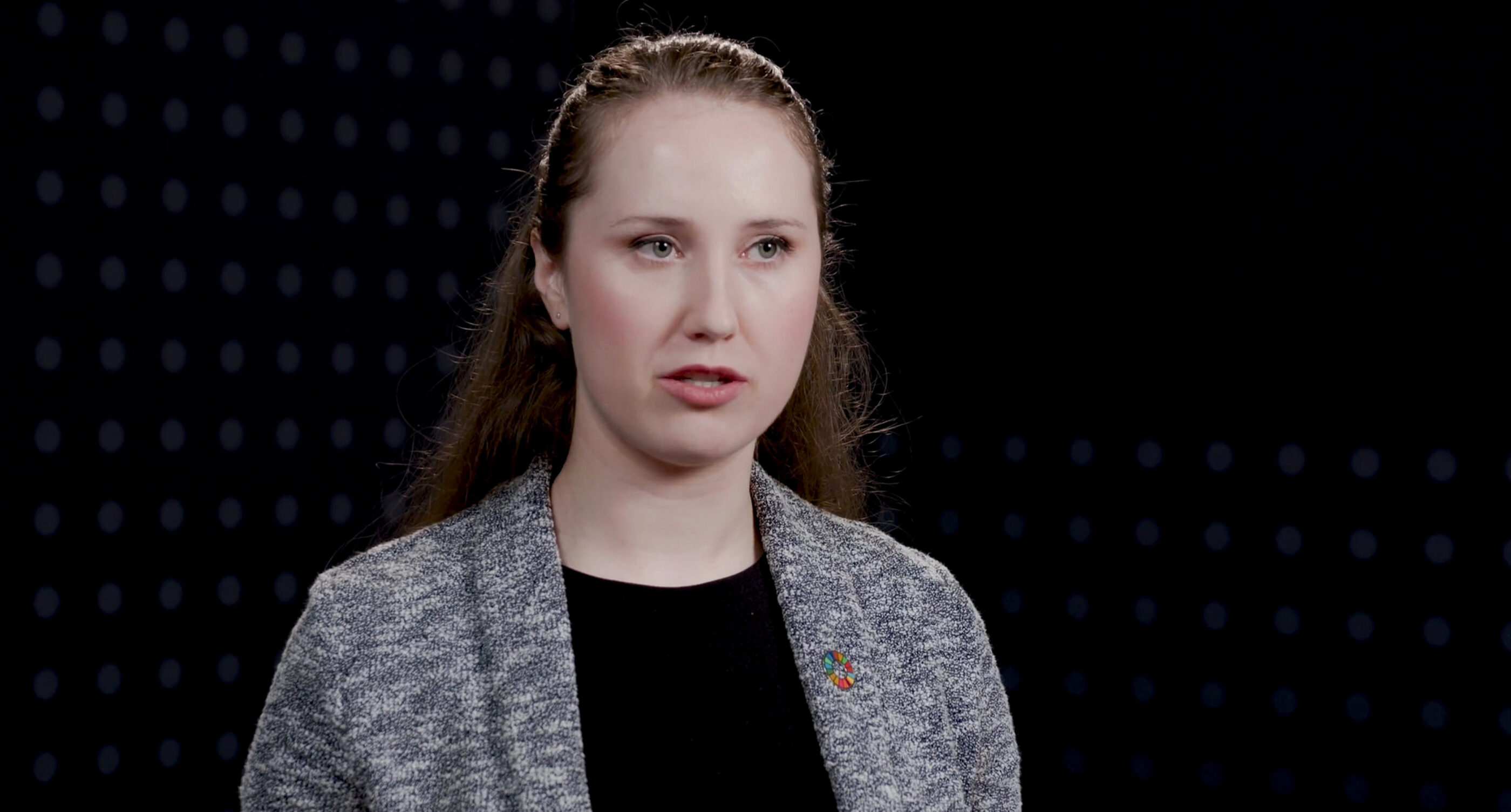
Roze Wesby
VP, Head of Plants of Tomorrow
"Is scalability something that C3 AI can offer? And we came to the very strong conclusion that we met that success criteria. Yes, scalability has been delivered by C3 AI."

Martin Renkis
Executive Director Sustainable Infrastructure
"What we've seen so far working with C3 AI is that level of commitment where they say what they're going to do. They do it, follow up, and that's how we are at Johnson Controls. That's how we like to operate."

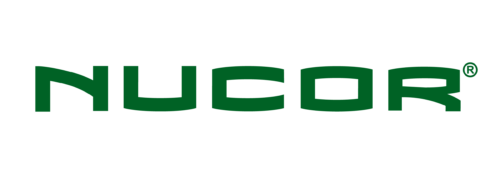
Trevor Saunders
Vice President and General Manager
"So not only just the ability to scale, but the ability to receive insights for our supply chain and commercial activities is where we saw a fair amount of value."


KR Sridhar
CEO
"I think overall and what's true for Bloom Energy I think is true for most companies that are going to use C3 AI. They're going to start with something and realize the power of this new capability and what it enables you to do."
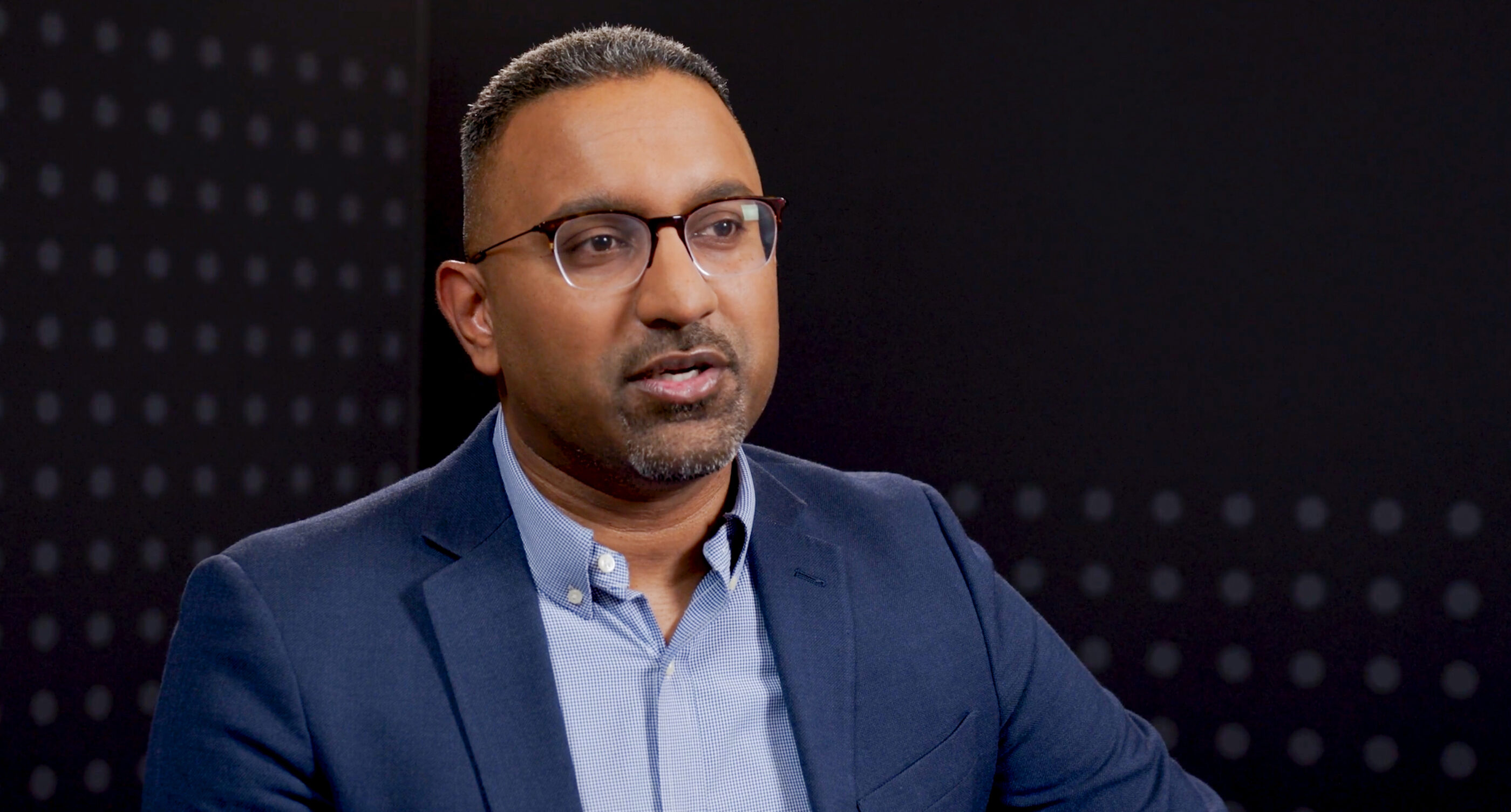
Elvin Varghese
VP, Global Supply Chain Data & AI
"I'm really excited about the partnership and the future progress that we're going to be making together."




